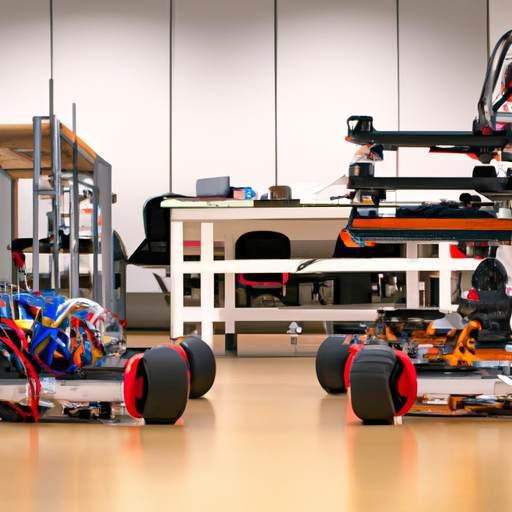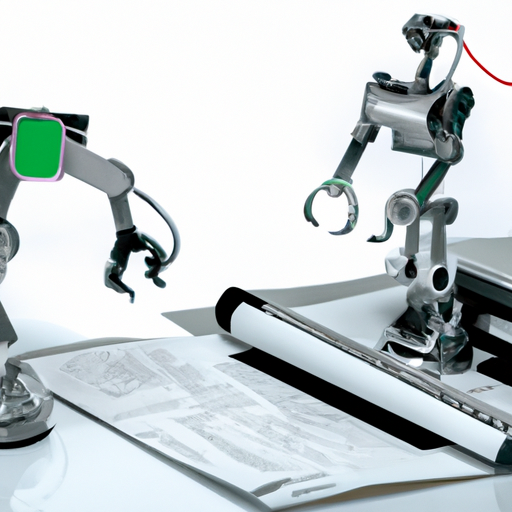In recent years, the concept of Cyber Physical Systems (CPS) has gained significant traction across various industries. As we step into a more technologically advanced era, the integration of digital and physical systems is reshaping the landscape of automation and efficiency.
What are Cyber Physical Systems?
CPS are engineered systems that seamlessly integrate computation, networking, and physical processes. These systems utilize sensors, software, and communication technology to monitor and control physical devices in real time, making them a vital component of the Internet of Things (IoT) and Industry 4.0.
Key Benefits of Cyber Physical Systems
- Enhanced Automation: CPS enable deeper automation of tasks, reducing human intervention and increasing output.
- Real-time Monitoring: Continuous monitoring of physical systems can lead to improved decision-making and predictive maintenance.
- Increased Efficiency: By optimizing processes, CPS can significantly lower operational costs and resource wastage.
- Improved Safety: Real-time data analysis can foresee potential issues, making environments safer for workers.
Applications of Cyber Physical Systems
From manufacturing to healthcare, the applications of CPS are vast and varied. In manufacturing settings, CPS helps streamline production lines, while in the healthcare sector, they’re utilized for patient monitoring systems that provide critical data to healthcare professionals.
The Future of Cyber Physical Systems
The future of CPS is bright, with projections showing an increase in adoption across industries as businesses look to enhance their operational capabilities. With advancements in artificial intelligence and machine learning, Cyber Physical Systems will become even more intelligent and responsive, leading to smarter, more connected environments.
Conclusion
As we continue to see rapid advancements in technology, the role of Cyber Physical Systems in driving innovation and efficiency will only grow. Businesses that embrace these systems will likely lead the way into the next generation of technological integration, paving the path for smarter and more efficient industries.
Stay tuned for more updates and insights into the exciting world of Cyber Physical Systems!













